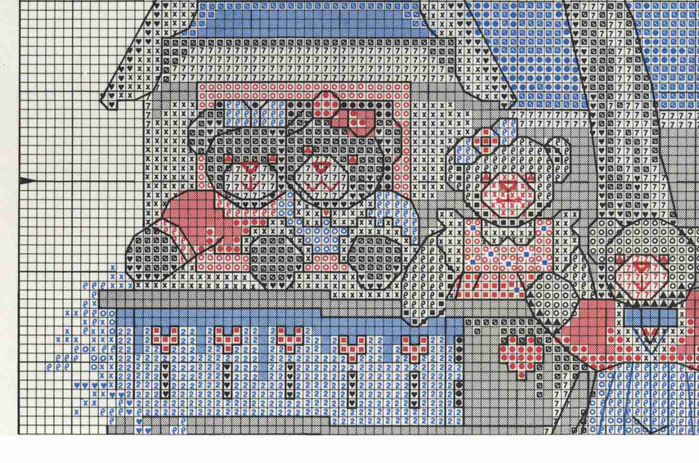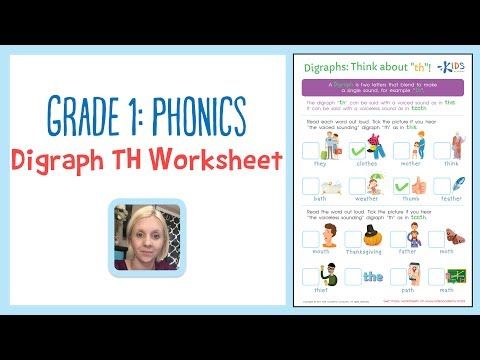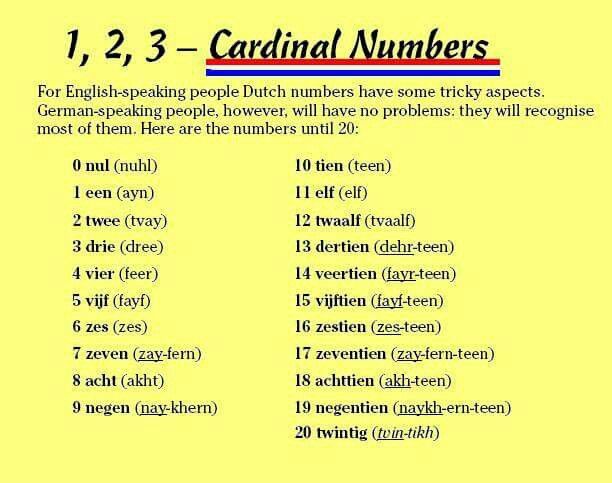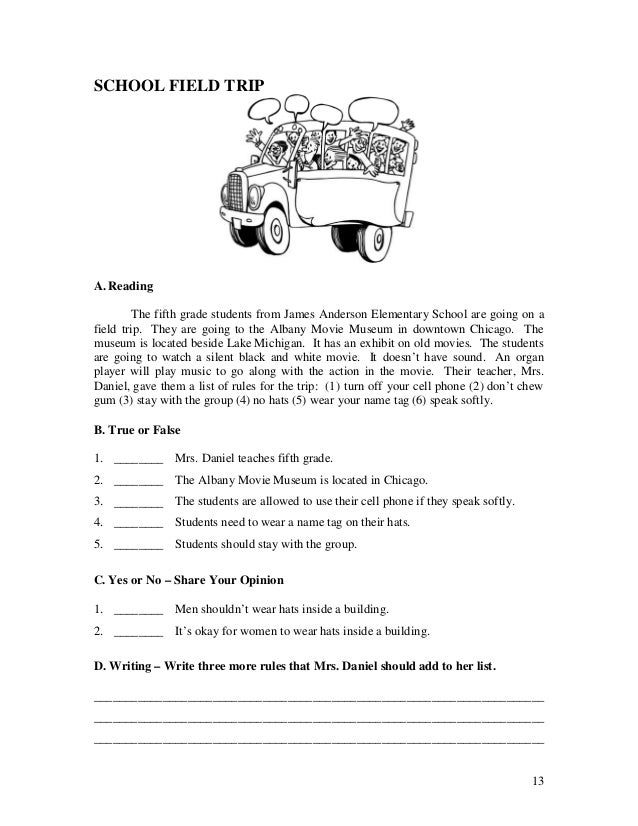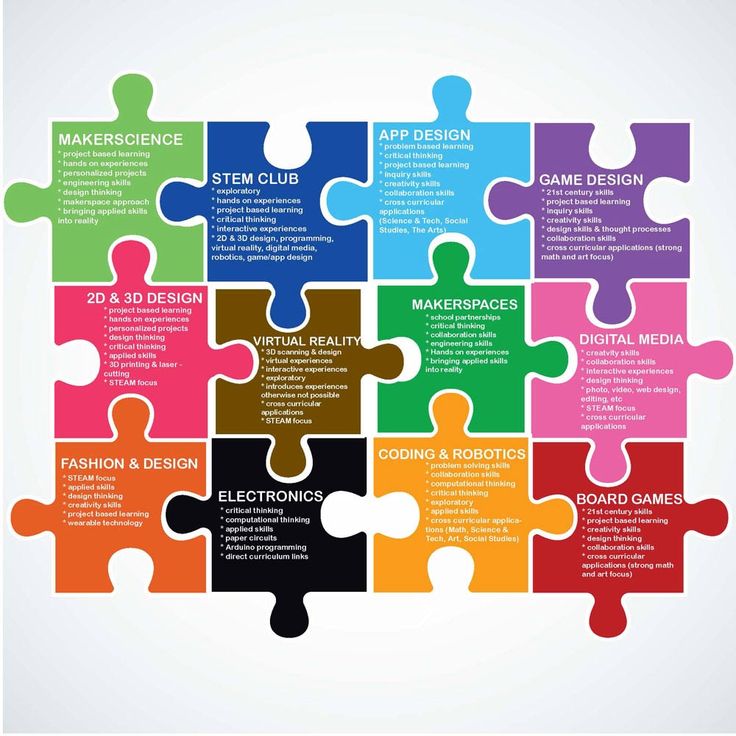On our way to first grade
Finding our way in first Grade
| 8/21/2018 0 Comments
I am so incredibly excited for this year to begin! I've been thinking a lot about how quickly your little ones will grow this year, what they'll learn and how we'll quickly become a family of learners! First grade is such an amazing time for learning, developing a sense of self and building friendships. I look forward to meeting all of my new students and their families at Open House on August 28th. Please join us from 4:00-5:30 for a meet and greet and ice cream social. During the Open House I'll be asking parents to sign up for Parent Conferences and volunteer opportunities. Children and their families will also have the chance to tour our classroom and school, meeting teachers and seeing familiar faces! If you have any questions before school starts, please don't hesitate to reach out to me. I'm looking forward to meeting each of you and all of the children. Enjoy your last week of summer; read a great book, soak in some sunshine and take advantage the beautiful weather this coming weekend! Ms. Corbeil 0 Comments 2/11/2018 0 Comments
I'm so bad at keeping up with this and for that I am sorry! We have been spending a lot of time this past week talking about blurts. Here's what I've created to help keep the flow of our class going without the interruptions and why they are so hurtful. I'm hoping by focusing on this disruptive behavior, we can curb some minor disrespect and build a more functional whole group time. 0 Comments 9/18/2017 0 Comments
0 Comments 9/17/2017 0 Comments
0 Comments 9/17/2017 0 Comments
0 Comments 9/17/2017 0 Comments
Well! We've made it through one full week! The kids are working so hard on becoming a classroom community! The most helpful thing for me right now would be for all of you to sign up for Classdojo and Remind. 0 Comments 7/28/2016 0 Comments
Hello! And, welcome to my new and improved 1st site. I am so excited to be working with your children this year. Over the next few weeks we will become acclimated to our classroom and each other. We will create a classroom community that allows us all to feel safe as learners and growers. Please leave a comment letting me know something you hope your child will accomplish this year! Thank you! Jodie Corbeil 0 Comments | Ms. CorbeilNew to 1st grade and excited to be here! Archives August 2018 Categories All RSS Feed |
The Most Important Math Concepts Kids Learn In 1st Grade
Your child has progressed from kindergarten to first grade.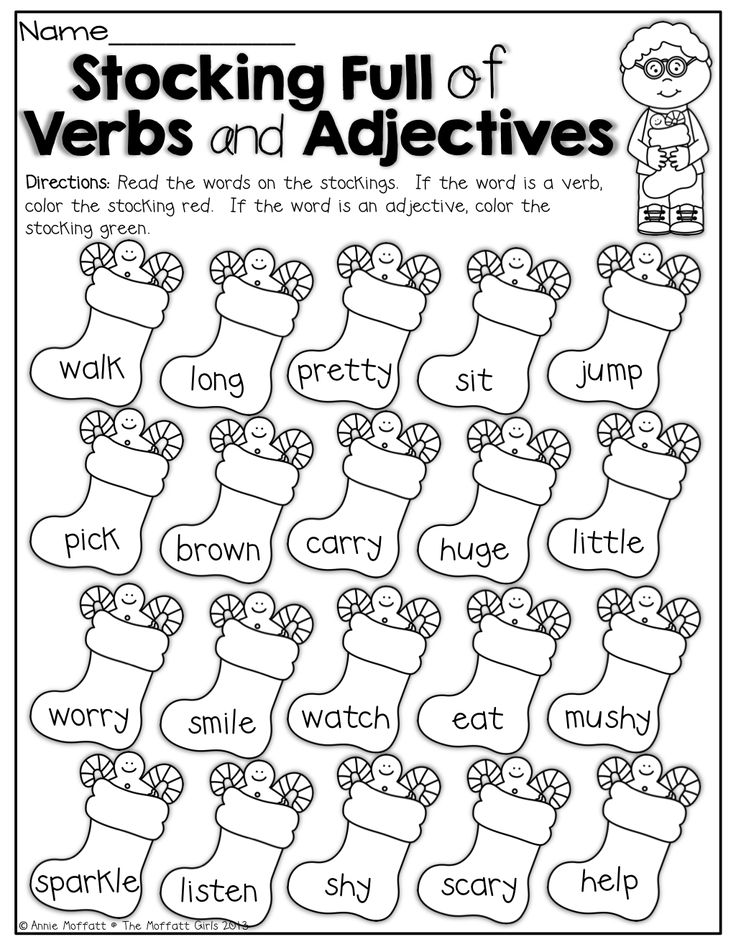 That’s exciting news! There is so much learning to come their way, especially from their first grade math class.
That’s exciting news! There is so much learning to come their way, especially from their first grade math class.
Math skills and concepts build on each other from grade to grade, which is why children need to get a firm foundation so they can handle the more complex challenges as they progress in school.
As a concerned parent, you might be wondering what some of these mathematical concepts will be and, more importantly, how you can help your child master them. You don’t have to figure it out on your own.
Here, we will give you a breakdown of what to expect from your child’s math class. We’ll also add a few tips on how to help your young learner thrive through it all.
Let’s get started!
Why Is Math Important?
Math is taught in the classroom, but that doesn’t mean that’s the only place it’s relevant. We use it every day!
From the hexagonal bee combs to the circles, semi-circles, and crescents of the phases of our moon, mathematics is an essential part of the world we live in, and learning it helps us make sense of everything around us.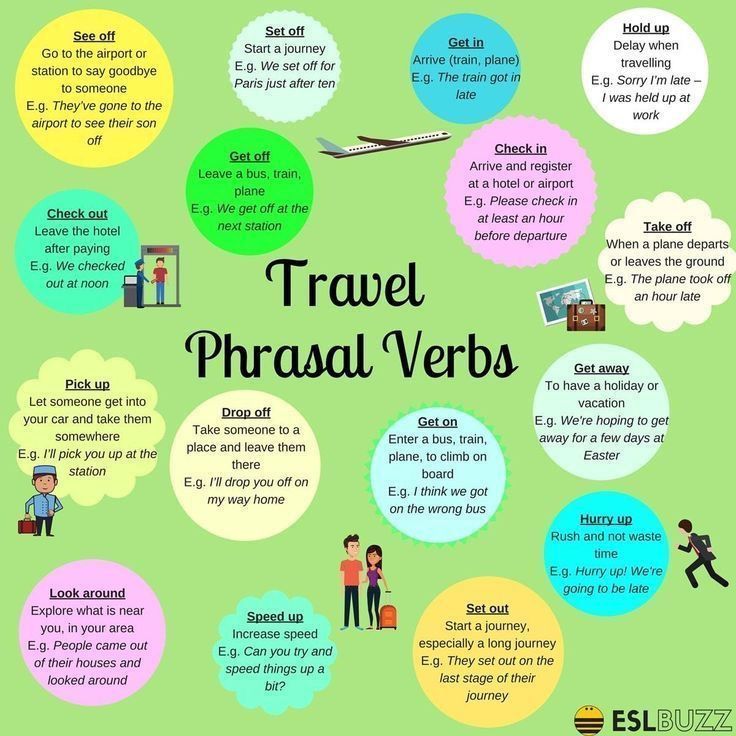
Did you know that math skills can also be linked to music? Children who play musical instruments use the same part of the brain when doing math. This is why studies have shown that music students do better in mathematics than their non-musical peers.
Sports and mathematics also have an interesting connection. Just think about all the coordination involved in performing well in certain sports. Research has shown that these skills can also be used to learn math.
In addition, mathematics helps us be stronger logical thinkers. Since most young kids tend to enjoy math time, it’s essential to foster this natural love for the subject just as much as we want to encourage children’s love for reading.
Helping children develop a love for mathematics generally works well when approached actively as a problem-solving skill rather than a rote memory task. Math helps children thrive in various aspects of their lives.
So, how do we get there? It all starts with the foundation.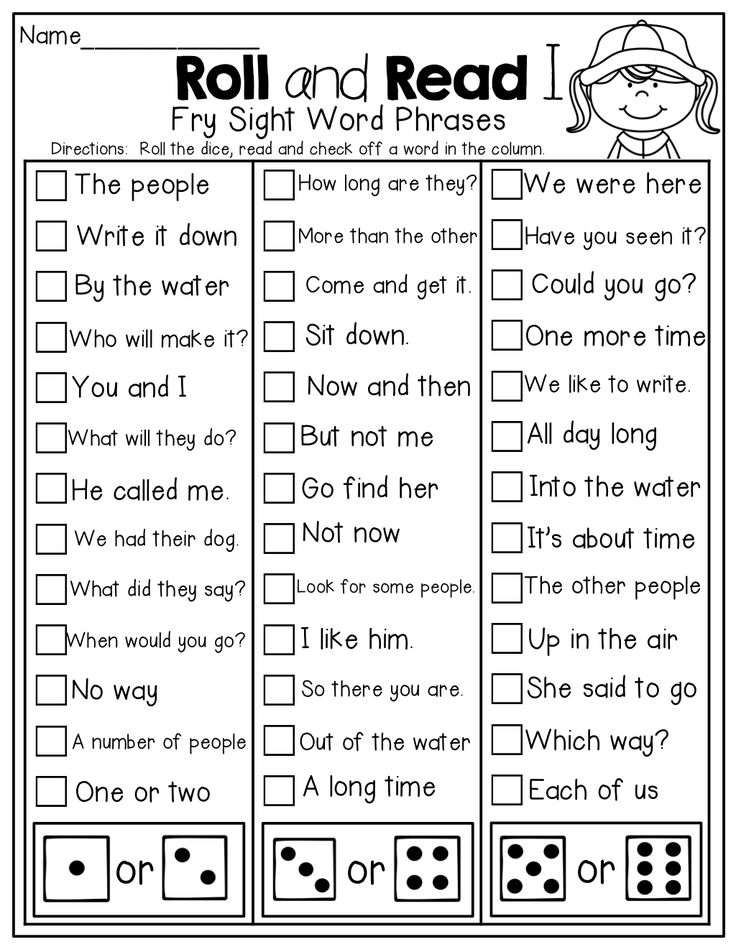
Below are the key first grade math concepts your child will soon learn and some tips on how you can support them on their journey.
8 Important First Grade Math Concepts
1) Numbers And Counting
At first grade level (and for the next few years in school), learning different numbers and counting will form a significant part of your child’s mathematics lessons.
By the end of the first grade, your child will have learned to:
- Count and write numbers from 1 to 100
- Count by 1s, 2s, 5s, and 10s
- Count backward
- Count onward from any number
- Count backward from any number
There are different ways to help your child grasp numbers and counting at home, and hands-on activities work best.
An effective strategy is to help your child visualize what all these numbers mean. For example, instead of just memorizing the numbers, they can count bears, large dried beans, or even craft sticks.
2) Addition And Subtraction
In first grade math, your young learner will start adding and subtracting numbers up to 30.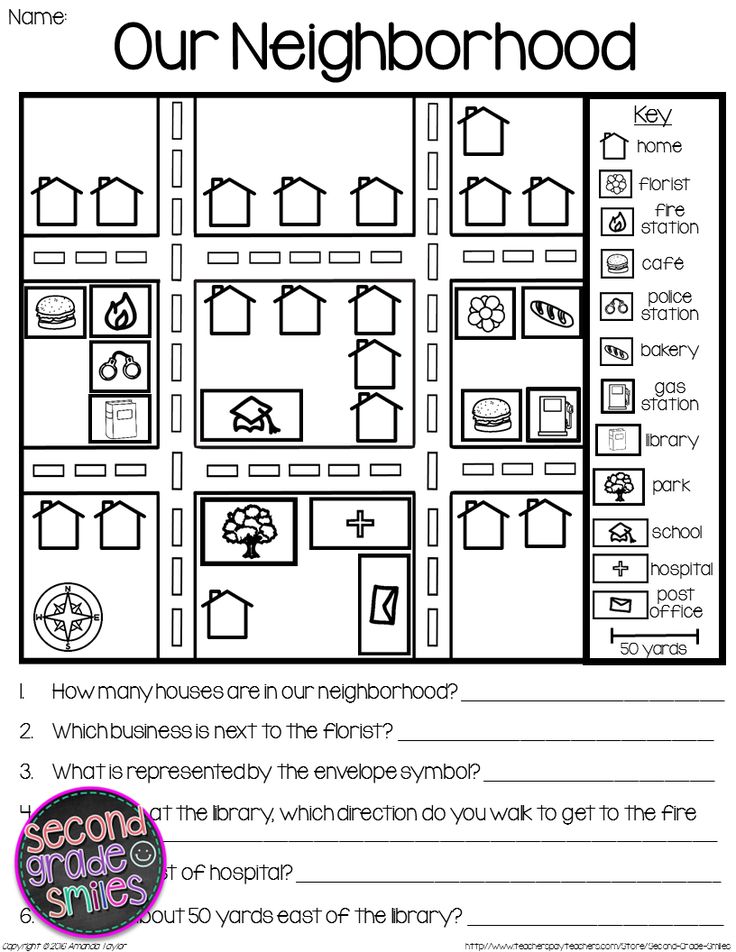 They will also solve basic word problems with the help of drawings, objects, and equations.
They will also solve basic word problems with the help of drawings, objects, and equations.
By the end of the first grade, your child will have been shown how to:
- Add three one-digit numbers
- Write and show an understanding of the mathematical symbols (+, -, =)
- Solve problems involving one and two-digit numbers
- Solve problems involving an unknown. For example, 1 + _ = 4
Addition and subtraction are two math skills that can be demonstrated in everyday life situations. This makes it relatively easy to practice at home!
For instance, you might ask, “If you have two teddy bears and granny buys you three more, how many teddy bears will you have in total?” Or, “There were six strawberries in the fridge. Daddy ate some strawberries. There are now four left. How many did daddy eat?”
3) 2-D Shapes
During pre-k, children get introduced to different shapes. In first grade, they will continue to extend their understanding of them.
By the end of the first grade, your child may be able to:
- Examine the attributes of different shapes (number of sides, faces, etc.)
- Name the 2-D shapes
To help your child grasp these shapes at home, continue to point out and name the 2-D shapes in the world around you (circles, triangles, pentagons, etc.).
When doing so, remember to always highlight the attributes (e.g., this book has four equal sides, so it’s a square).
4) Sorting And Patterns
Understanding and sorting patterns also forms a part of first grade math.
Your first grader will learn to:
- Sort different objects by attributes such as color, shape, and function. For example, sorting a mixed group of blocks so that the red, blue, green, and yellow blocks are separated.
- In addition, if these blocks are placed in a pattern (e.g., green, yellow, green, yellow, etc.), your child should be able to both predict which color will come next and create their own identical pattern.
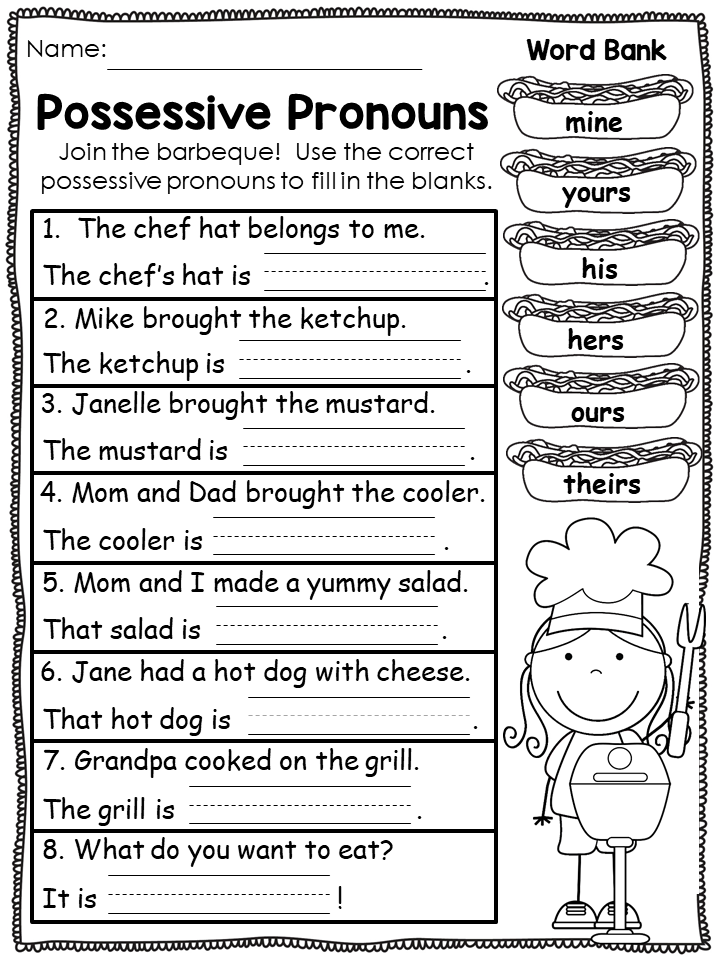 This skill will help develop your child’s logical thinking.
This skill will help develop your child’s logical thinking.
Continue to allow your young learner to play with fun building blocks and create their own patterns to help them master this skill.
5) Fractions
Montessori material. Children’s hands. The study of mathematics School and kindergarten. Whole and part. FractionsAs a first-grader, your child will be introduced to fractions as equal shares and basic fractions such as ½, ⅓, and ¼. For children to fully grasp these concepts, it’s essential to keep things intuitive.
For example, you can start by helping them understand that a half is two equal parts, a third is three equal parts, and so forth. They also need to understand that although three is bigger than two, ⅓ is smaller than ½.
Fractions can be tricky for kids to learn, which is why it’s important to use practical and everyday items.
For example, you can help your young learner examine the fractions of a full pizza. Then, as you divide the pizza into different slices, talk about the parts that you’ve created from the whole.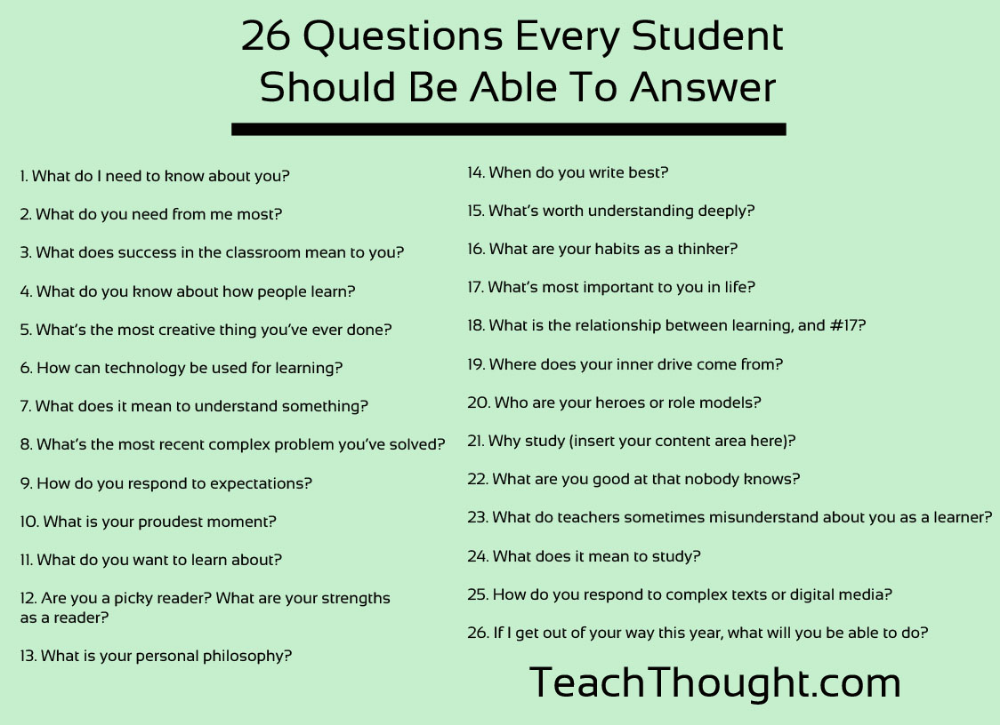
The concept of equal shares can also be demonstrated from one object and a group. For instance, you can have ½ of a single item (e.g., ½ of a cookie), or you can have ½ of a group of objects (e.g., ½ of four cookies is two cookies).
6) Number Place Values
With all the counting in first grade math, your child will naturally be introduced to the concept of place values. For instance, understanding that in the number 288, the 2 is worth 2 “hundreds” (or 200).
There are various activities you can do at home to help your young learner with this concept, including:
- Using number lines
- Base ten blocks
For more ideas to help with number place values and other 1st grade math concepts, take a look at the book Games for Math: Playful Ways to Help Your Child Learn Math, From Kindergarten to Third Grade by HOMER’s very own Peggy Kaye.
7) Time
Telling time (both digital and analog) is an important life skill that kids learn from first grade.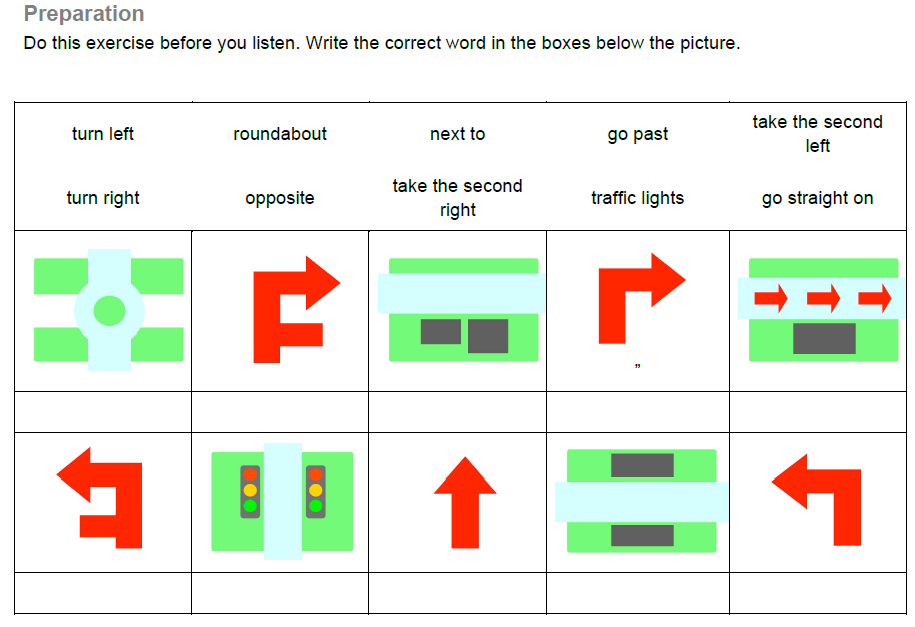 The concept of elapsed time will also be introduced at this stage.
The concept of elapsed time will also be introduced at this stage.
In first grade math, your child will learn to:
- Tell time to the nearest hour, half-hour, and quarter-hour (sometimes even to five minutes)
- Make the connection between time and events (e.g., shorter, longer, after, before)
Understanding the analog clock can be tricky for a child who’s only exposed to digital clocks. So help your young learner by buying one (or making one for learning) to hang up at home.
You can then speak to your child about what it means when the hands move. To make things easier, start by helping them tell time to an hour and half-hour before progressing to quarter-hours.
8) Measurements And Comparisons
First grade math also involves some measuring and unit comparisons.
Your child will learn how to measure using a ruler and, after taking measurements, compare and order objects by length. First-graders will also learn how to compare the weights and volumes of different objects.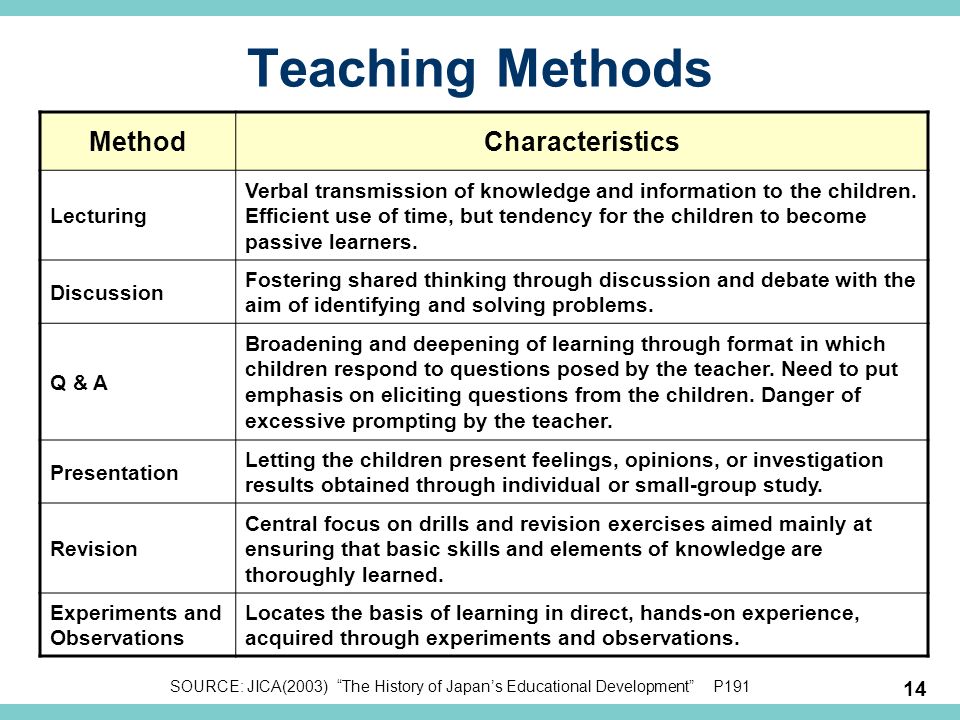
To help your young learner at home, keep rulers nearby and take measurements together of some of the objects they love (e.g., stuffed toys, cookies, etc.).
Bonus tip: If you’re a regular baker, why not help them see how you use measuring tools to create their favorite treats? Yum!
Helping Your Child With First Grade Math
We’ve already mentioned a few ways in which you can help your first grader with math at home. In addition to the above, playing math games is a fun and easy way to practice math at home!
Here are some examples of more math activities your young learner will enjoy at home:
- Fill in a number grid puzzle
- Build objects with legos and measure
- Number Hunt, Hopscotch, Is It A Number, and Find A Number
Math Is All Around Us
Helping your child grasp first grade math concepts at home is easier when you focus on the fact that mathematics is a part of our everyday lives. It is in the shape of road signs, the parts of sliced pizza, and even the watches on our wrists!
Sometimes kids (and parents) forget that math can be lots of fun. So whenever you can, incorporate games and activities to bring a little excitement to all the learning.
So whenever you can, incorporate games and activities to bring a little excitement to all the learning.
Will this help your child become our next best mathematician? Only time will tell. But one thing is for sure — all of the great mathematicians started somewhere. Even Isaac Newton had to master first grade math!
For more ideas and inspiration, visit the HOMER Learn & Grow app.
Author
Let's go to the first class | Academy of Success for Dads and Moms
Any parent will agree that the process of a child's psychological transition from the status of "preschooler" to the status of "junior school" is a real magic. At this time, the child is occupied with only one thought: "I will go to school." Incredible, bewitching processes occur with the child in the last weeks of summer. How to behave next to this magic, so as not to violate the mysteries of growing up?
What thoughts, joys and fears do not appear in the head of a child when he is on the way from kindergarten to first grade.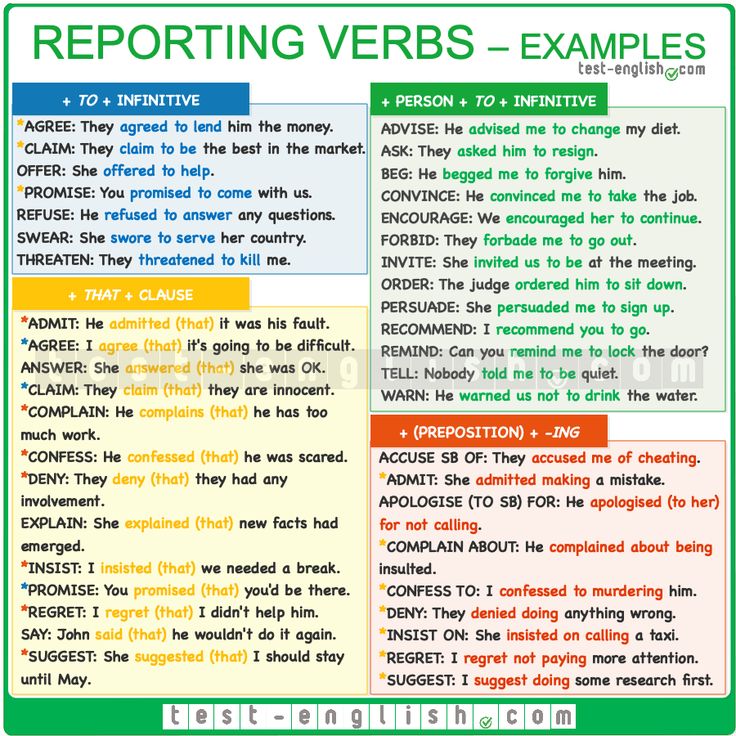 Lots of checks, tests and other events. From everyone you can only hear: “Already big !!! Oh, are you going to school already? Do you want to go to school? And are you ready? Do not let me down!". Society with incredible force spins a whirlwind of anxiety, which has already caught the children's consciousness. How to help a child? Very simple. It is necessary to spend the summer months in a very soft and good-natured atmosphere. All the knowledge and skills that could be obtained by this time have already been obtained. Now we need to "not lose, gain."
Lots of checks, tests and other events. From everyone you can only hear: “Already big !!! Oh, are you going to school already? Do you want to go to school? And are you ready? Do not let me down!". Society with incredible force spins a whirlwind of anxiety, which has already caught the children's consciousness. How to help a child? Very simple. It is necessary to spend the summer months in a very soft and good-natured atmosphere. All the knowledge and skills that could be obtained by this time have already been obtained. Now we need to "not lose, gain."
The most important thing in the luggage of a child going to first grade is motivation. Or, more simply, the desire to go to school. Under favorable conditions, this desire is born by itself, since school is the surest way to feel like an adult. After all, children are even ready to accept the fact that being equal to adults means having not only rights, but also obligations (only seven-year-old children do not formulate this so clearly). In their reality, school is the perfect place to step up a notch. But sometimes the desire to go to school does not arise on its own, and attempts to generate it directly in the summer months before school can only aggravate the situation. In this case, you need the help of a specialist (psychologist).
In their reality, school is the perfect place to step up a notch. But sometimes the desire to go to school does not arise on its own, and attempts to generate it directly in the summer months before school can only aggravate the situation. In this case, you need the help of a specialist (psychologist).
Here are some tips to create the most comfortable conditions so that the preparation of a future first-grader is easy, strengthens the desire to learn and gives joy to everyone around.
1. The atmosphere of expectation should be festive.
Remember how in your childhood you were waiting for some bright event. How important it was for you to feel the unity of the family. How did the preparation for the holiday fascinate you as a child? And how happy you were to be a part of it. The first of September is even more important. The child should not only feel the approach of a joyful event, but also actively participate in its preparation.
Collection of portfolio must be supervised by the child. Despite the fact that more and more parents' committees and schools provide the opportunity to bulk purchase notebooks, pencils and covers in the classroom, the active participation of the child is very important. Let it be what the child wants: a draft notebook, a pencil case, a shoe bag and more. Making a shopping list is also important together.
Despite the fact that more and more parents' committees and schools provide the opportunity to bulk purchase notebooks, pencils and covers in the classroom, the active participation of the child is very important. Let it be what the child wants: a draft notebook, a pencil case, a shoe bag and more. Making a shopping list is also important together.
Appearance should also be discussed with the child . It is important to explain to the child what the form should be and why. And already within the limits of the set rules to choose together with it.
Be sure to think through the whole day of the first of September . Ask your child how he wants to spend it. Where to go and how to celebrate the holiday. It will be great if you organize a family dinner with relatives. Prepare invitations, set the table. It is very good if relatives come with gifts that have nothing to do with the school. Not pencil cases and books, but an album with stickers or a set for inflating balloons. The child, for all the seriousness of the situation, really wants to remain a child. And it’s better not to take away “childhood” right away.
The child, for all the seriousness of the situation, really wants to remain a child. And it’s better not to take away “childhood” right away.
2. The child will be calmer and easier if the parents do not manipulate the transition from kindergarten to school.
“In a week to go to the first class, but you can’t do…”, etc. Such words and expressions are not allowed. They increase the level of stress, giving rise not only to responsibility, but also to self-doubt. It will be much more correct not to verbally voice or emphasize until the child himself begins to speak on this topic. Better dream with him. Let him tell you how he imagines the teacher, classmates, school subjects. It is important to find out what he is waiting for and what he is afraid of. Having learned the second, analyze the level of fear (it may not be possible to stop it in the bud or you will need the help of a specialist). In the future, if there are difficulties in learning, you will know one of the possible causes of difficulties and will be able to help the child cope with them.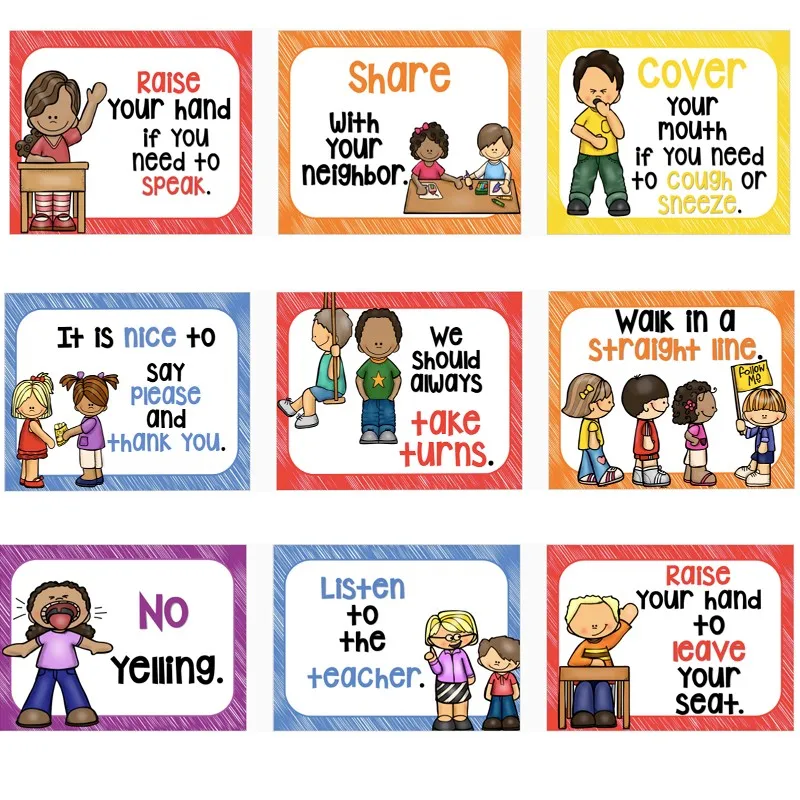
3. Get your child ready for school.
Getting ready for school doesn't just mean sitting and reading with your child all day long. It is also necessary to find out the place in which he will study.
Every child has the opportunity to get to know the teacher in advance. Come to school for 20 minutes and ask the teacher to show the child to the class, talk to him, get to know him. You and your child are entitled to this.
Study the way to school. Try to measure the time that the prospective student will spend from door to door. Find some features of the route so that later you can relieve tension or concentrate the child's attention.
If your child goes to school alone, without his kindergarten friends and buddies, try to find an opportunity to introduce your child to other children. For example, arrange with other parents to come draw with crayons in the school yard.
But whatever you do before an important and responsible day, remember that everything that happens in life should be filled with joy and love.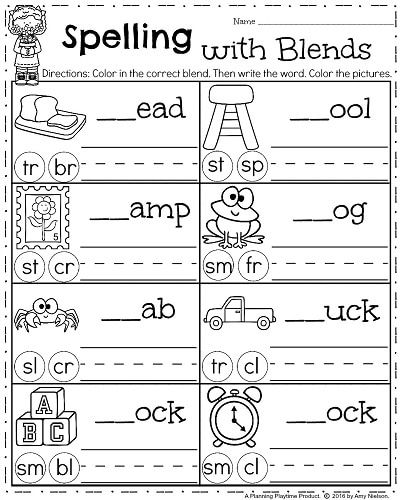 Try to convey this to your children, and then increased anxiety will pass by. And, of course, listen to your child. The child will tell you everything and advise you.
Try to convey this to your children, and then increased anxiety will pass by. And, of course, listen to your child. The child will tell you everything and advise you.
All the best to you and your children!
Primary school teacher Milanich O. V.
Adaptation of first graders: problems, features and ways to solve them. | Article (grade 1) on the topic:
Adaptation of first graders: problems, features and ways to solve them.
After stepping over the threshold of school, the child finds himself in a completely new world for him. Perhaps the child has been waiting for this moment for a long time, but he will have to adapt to a new life, where new challenges, friends and knowledge await him. Children do not all adapt in the same way. Someone quickly joins a new team and is included in the learning process, while someone takes time.
Adaptation is the restructuring of the body to work in changing conditions.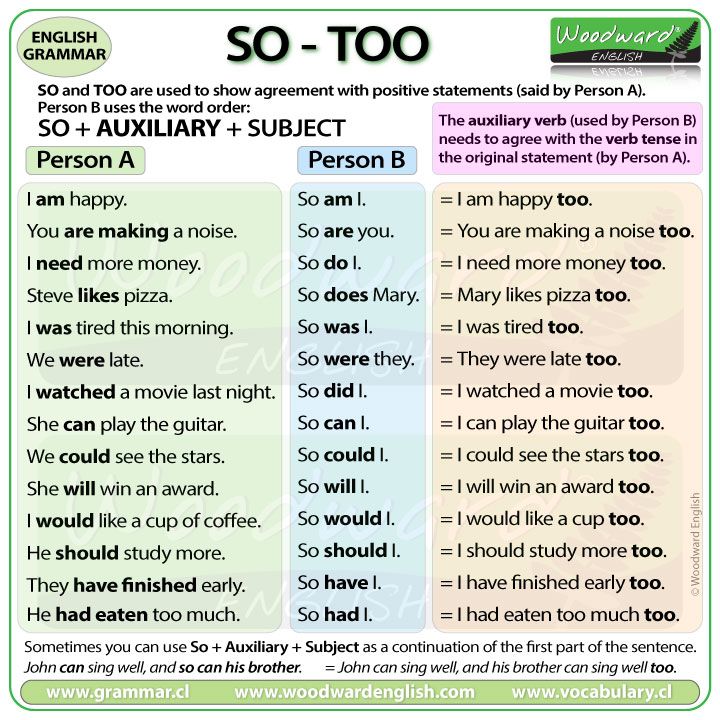 Adaptation to school has two sides: psychological and physiological.
Adaptation to school has two sides: psychological and physiological.
Adaptation period is usually 1 to 2 months. During this period, some children can be very noisy, noisy, rush along the corridors without restraint, get distracted in the classroom, and can even behave cheekily with teachers: be bold. Be capricious. Others are very constrained, timid, try to stay inconspicuous, listen. When they are approached with a question, at the slightest failure, they cry. Some children have disturbed sleep, appetite, they become very capricious, there is an interest in toys, games, books for very young children. The number of diseases that are called functional abnormalities is increasing, they are caused by that load. Which is experienced by the psyche of the child, his body in connection with a significant increase in the requirements that the child must meet. Of course, not all children adapt to school with such deviations, but there are first-graders for whom this process is greatly delayed.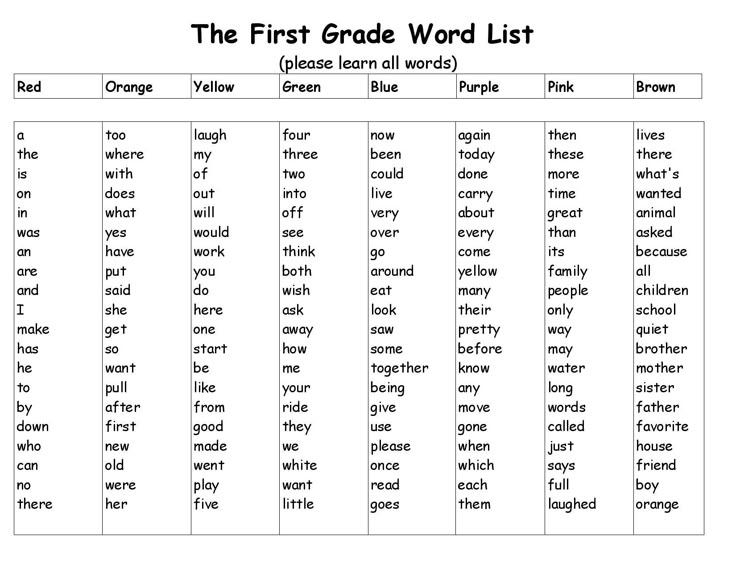 For some, a full-fledged adaptation to school in the 1st year of study does not occur (this can also occur against the background of good academic performance), such children often get sick for a long time. Moreover, the diseases are psychosomatic in nature, these children constitute a risk group in terms of the occurrence of school neurosis.
For some, a full-fledged adaptation to school in the 1st year of study does not occur (this can also occur against the background of good academic performance), such children often get sick for a long time. Moreover, the diseases are psychosomatic in nature, these children constitute a risk group in terms of the occurrence of school neurosis.
Some children are already overworked by the middle of the day, because School is stressful for them. Already the road to school for many requires increased attention, stress. During the day, they do not have the opportunity to completely relax. Both physical and mental, emotional. Some children are unhappy in the morning, look overworked, they develop headaches and pains in the abdomen: fear, anxiety about the upcoming work in the classroom, due to separation from home, parents is so great that the child cannot go to school on some days . Some children develop vomiting in the morning.
To determine how you can help your child adapt to school, you need to know some psychological features of the age of a 6-7 year old child. By the age of 6-7, the mobility of nervous processes increases. There is a greater balance of the processes of excitation and inhibition than in preschoolers. But the processes of excitation still prevail over the processes of inhibition, which determines such characteristic features of younger students as restlessness, increased activity, and strong emotional excitability. In physiological terms, it should be noted that at the age of 6-7 years, the maturation of large muscles is ahead of the development of small ones, and therefore it is easier for children to perform relatively strong, sweeping movements than those that require great accuracy, so children quickly get tired when performing small movements (writing).
By the age of 6-7, the mobility of nervous processes increases. There is a greater balance of the processes of excitation and inhibition than in preschoolers. But the processes of excitation still prevail over the processes of inhibition, which determines such characteristic features of younger students as restlessness, increased activity, and strong emotional excitability. In physiological terms, it should be noted that at the age of 6-7 years, the maturation of large muscles is ahead of the development of small ones, and therefore it is easier for children to perform relatively strong, sweeping movements than those that require great accuracy, so children quickly get tired when performing small movements (writing).
Increased physical endurance. Increased performance is relative, but in general, most children experience high fatigue caused by additional school loads that are not typical for a given age. and can drop sharply in the 2nd lesson. Children get very tired with increased saturation of lessons and activities.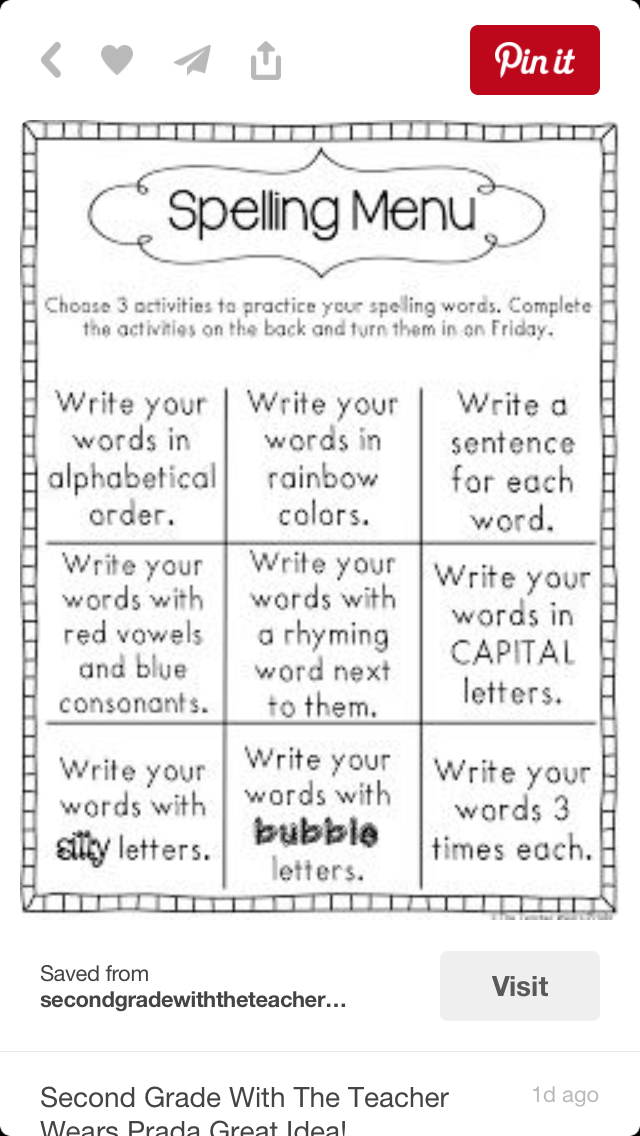 All this must be taken into account, keeping in mind the already mentioned excitability of children.
All this must be taken into account, keeping in mind the already mentioned excitability of children.
Significant changes occur in a child's life when they enter school. The situation of development is changing radically, a new type of activity is being formed for the child - educational activity, 2, 5-4 years - “I myself” - a game with objects (cubes, balls).
5-6 years old - "I am a pilot" role-playing game.
6-7 years old - “I am a student. I am a schoolboy” - educational activity.
On the basis of this new activity, the basic psychological new formations develop: thinking moves to the center of consciousness. Thus, thinking becomes the dominant mental function and gradually begins to determine the work of all other mental functions (memory, attention, perception). With the development of thinking, other functions are also intellectualized and become arbitrary. The development of thinking contributes to the emergence of a new property of the child's personality - reflection, that is, self-awareness.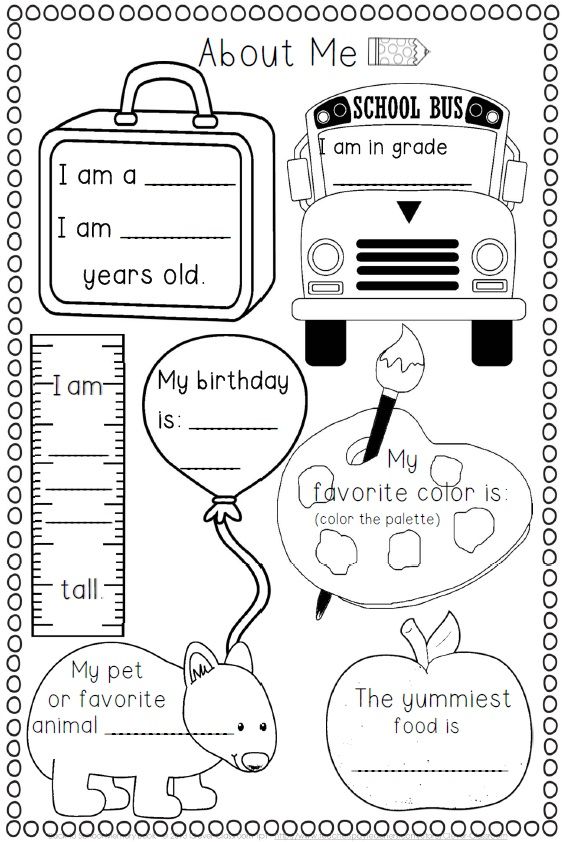 Your position in the family. Class, self-assessment as a student: good, bad. This assessment of "self" the child draws from how others relate to him, close people. During this period, the child develops such an important personal education as a sense of social and psychological competence or, under adverse conditions, social and psychological inferiority.
Your position in the family. Class, self-assessment as a student: good, bad. This assessment of "self" the child draws from how others relate to him, close people. During this period, the child develops such an important personal education as a sense of social and psychological competence or, under adverse conditions, social and psychological inferiority.
How can I help my child adjust to school?
The most important result of such assistance is to restore a child's positive attitude towards life, including daily school activities. To all persons involved in the educational process (child-parents-teachers). When learning brings joy to children, or at least does not cause negative experiences associated with the realization of oneself inferior, insufficient love, then school is not a problem.
At the parent meeting, to acquaint parents with information about the adaptation of first graders, to give advice and solutions.
Psychological conditions for the child's adaptation to school.
- Creation of a favorable psychological climate for the child by all family members.
- The role of a child's self-esteem in adapting to school (the lower the self-esteem, the more difficulties the child has at school).
- The first condition for school success is the self-worth of the child for his parents.
- Mandatory manifestation of parents' interest in the school, the class in which the child is studying, in every school day he lived.
- Informal communication with your child after a school day.
- Mandatory acquaintance with his classmates and the opportunity to communicate with them after school.
- Inadmissibility of physical measures of influence, intimidation, criticism of the child, especially in the presence of other people (grandparents, peers).
- Exclusion of such punishments as deprivation of pleasure, physical and mental punishment.
- Accounting for the child's temperament during the period of adaptation to schooling.
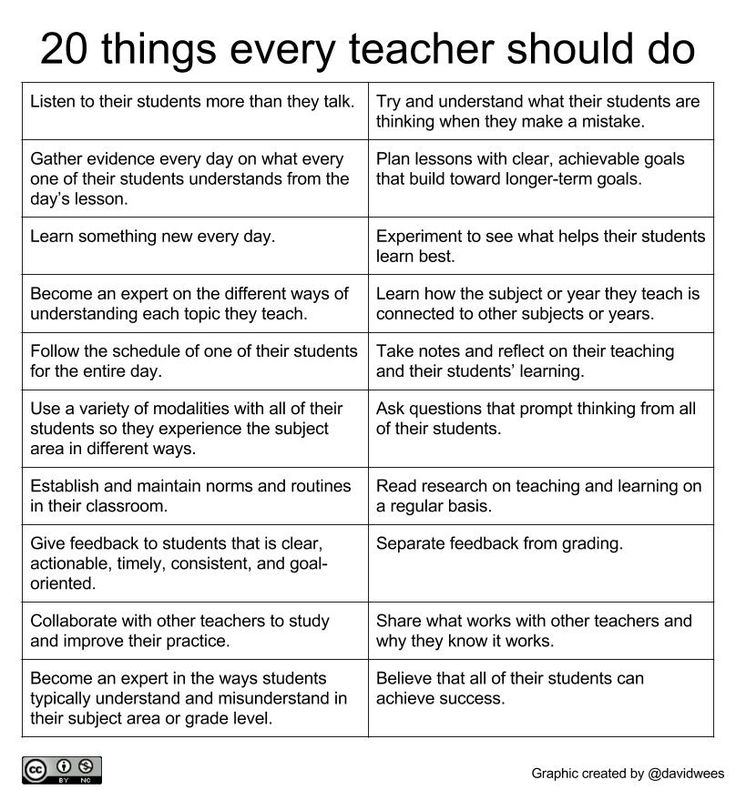 Slow and unsociable children get used to school much more difficult, they quickly lose interest in it if they feel violence, sarcasm and cruelty from adults.
Slow and unsociable children get used to school much more difficult, they quickly lose interest in it if they feel violence, sarcasm and cruelty from adults. - Providing the child with independence in educational work and organizing reasonable control over his educational activities.
- Encouragement of the child and not only for academic success. Moral stimulation of the child's achievements. The development of self-control and self-esteem, self-sufficiency of the child.
Any risk factor (and especially a combination of factors) in the social, personal, psychophysiological development of a child under unfavorable learning conditions or inadequate requirements of the teacher and parents can lead to a violation of adaptation (i.e., maladaptation). You need to remember this and make every effort so that the adaptation of the first grader to learning is successful.
How to understand that the child has successfully adapted?
First, it is the child's satisfaction with the learning process.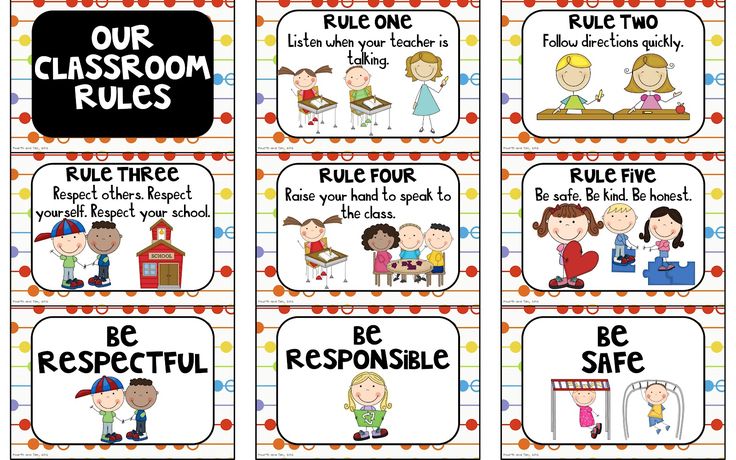

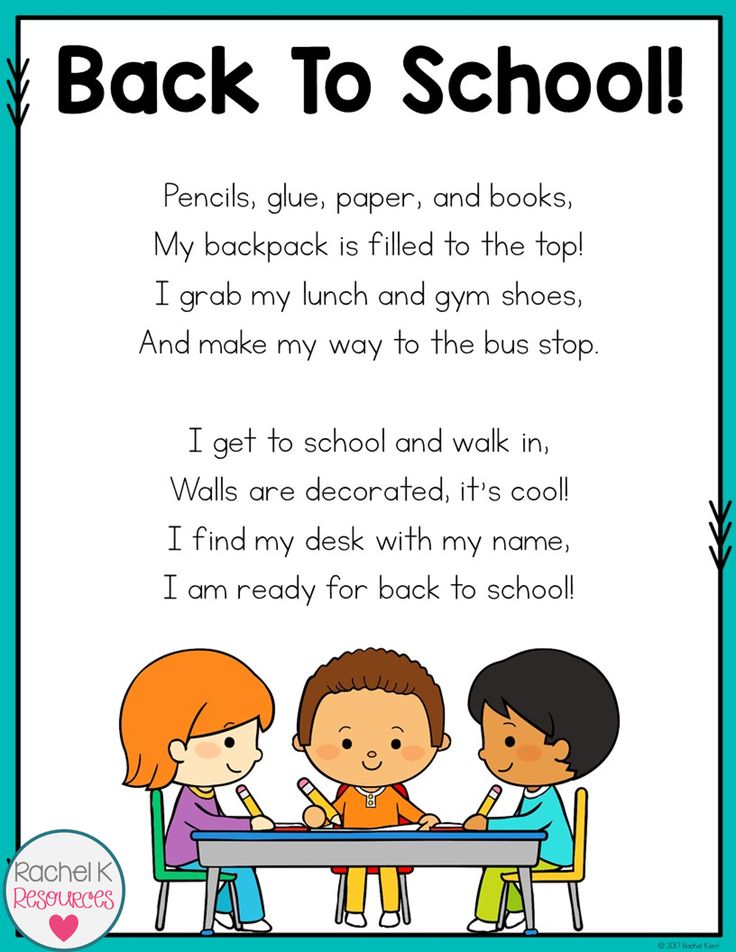 That way I know we are all on the same page about what is happening in our classroom. I will do my best to update the website with newsletters, important info and current dates. Please be patient with me as this whole process is somewhat new.
That way I know we are all on the same page about what is happening in our classroom. I will do my best to update the website with newsletters, important info and current dates. Please be patient with me as this whole process is somewhat new. 


